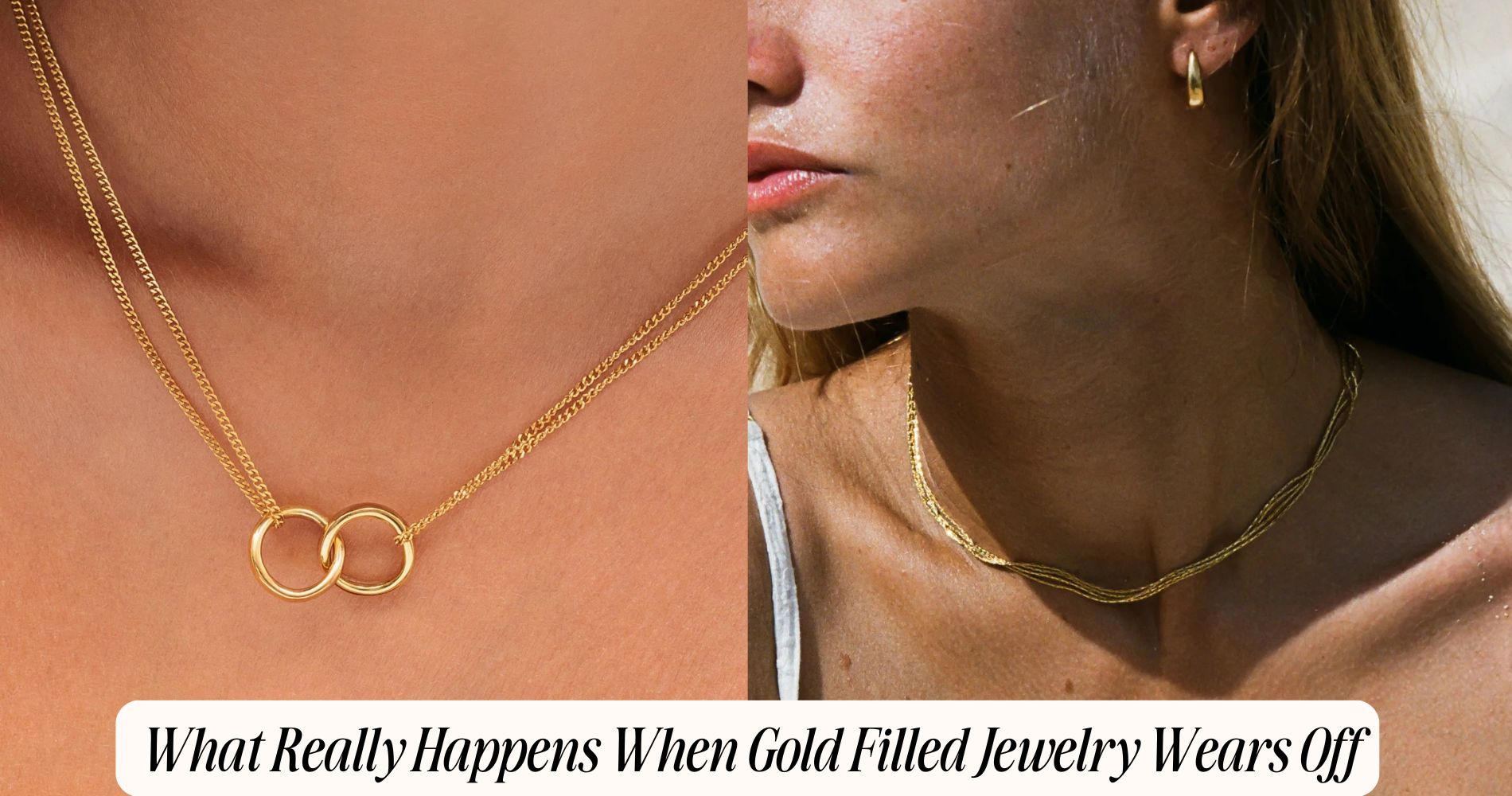
What Really Happens When Gold Filled Jewelry Wears Off
Does gold filled jewelry wear off? Over time, you may notice subtle signs like brass peeking through at high-friction points, color fading, or tarnish halos—clear evidence that the 1/20 14K bonded layer has thinned. Factors such as abrasion, exposure to sulfur or chloride, temperature changes, and harsh cosmetics can speed up this process. Check clasps, ring undersides, and edges for uneven shine or skin discoloration. To care for your pieces, use mild soap and a soft microfiber cloth, avoiding ultrasonics and abrasives. If enough gold remains, refinishing can restore the surface; otherwise, replacement or re-plating may be needed. Explore our Simple Gold Jewelry collection for timeless, everyday pieces designed to stay radiant longer.
How Gold-Filled Jewelry Is Made and Why It Lasts Longer
Although it’s often confused with plating, gold-filled jewelry is a mechanically bonded laminate: a thick layer of karat gold (typically 5% by total weight) is pressure- and heat-bonded to a brass core, then drawn or rolled to final dimensions.
You benefit from true gold layering with quantifiable thickness—often 50–100 times thicker than electroplating. That manufacturing process creates a metallurgical bond that resists delamination and slows diffusion of base metal to the surface.
Because the gold sheath is measurable, you can estimate service life by microns of gold and wear rate. Hallmarks like “1/20 14K GF” indicate value: 5% total weight in 14K gold, not a superficial coating.
In appraisals, durability and refinishability improve retained value, especially for frequently handled items like chains and bangles.
Everyday Factors That Accelerate Wear and Tear
Even with a thick gold sheath, everyday abrasion and chemistry drive the wear curve. Friction from daily activities—keyboard contact, gym equipment, pocket grit—creates micro-scratches that thin the gold layer unevenly.
Environmental exposure compounds it: chloride ions from sweat and pools, sulfur in urban air, and detergents accelerate corrosion of base metals at pinholes, promoting underfilm creep. Temperature swings expand and contract layers, stressing the gold-to-brass bond.
Hard-particle cosmetics and silica-rich cleansers act as abrasives, increasing mass loss per wear cycle.
You also amplify wear with stacked rings and clasp-heavy chains, which concentrate pressure at high-stress points. Ultrasonic cleaners can exploit microfissures.
From a value standpoint, higher-karat overlays are softer, so you trade luster for durability; lower-karat overlays resist deformation longer under identical use conditions.
Visible Signs Your Gold-Filled Piece Is Wearing Down
Three early tells signal a gold-filled piece is losing its surface integrity: color shift, texture change, and reaction behavior.
You’ll notice color fading first at pressure points—clasp edges, ring shanks, bail corners—where the gold layer thins and the base alloy subtly peeks through.
Next, tactile roughness appears: micro-abrasions feel sandpapery, and luster drops from high-gloss to muted sheen. Tarnish development along seams, jump rings, and engraving recesses indicates exposed base metal initiating oxidation, not mere surface soil.
Watch for inconsistent reflectivity under neutral lighting; patchy warmth versus cool, brassy undertones signals differential wear.
Skin greenish or gray marks, especially in humid conditions, confirm base-metal contact. Magnification reveals hairline breaches at high-friction zones.
Finally, persistent dark halos around solder joints imply diffusion and compromised gold thickness.
Care Practices to Slow Wear and Preserve Appearance
Because gold-filled layers are mechanically bonded, you can materially slow wear by reducing friction, chemical exposure, and moisture.
Prioritize low-abrasion cleaning techniques: use a soft microfiber cloth and diluted mild dish soap, then rinse with lukewarm water and blot dry. Avoid ultrasonic cleaners, toothpaste, and powdered abrasives that erode the gold layer.
Remove jewelry before exercise, chlorine pools, hot tubs, and applying lotions or perfumes; sweat, halogens, and surfactants accelerate corrosion and diffusion wear.
Adopt airtight storage solutions: separate pieces in soft-lined compartments or individual polyethylene bags to prevent contact abrasion and humidity-driven tarnish on base-metal findings.
Implement a rotation schedule to minimize high-friction contact points, especially rings and bracelets.
Inspect clasp areas and edges routinely; early soil removal reduces particulate abrasion and preserves surface luster and resale value.
When to Repair, Refinish, or Replace Your Jewelry
With preventive care in place, the next decision is whether wear justifies intervention—and which option preserves both integrity and market value.
Inspect high-friction zones: clasp shoulders, ring shanks, bail edges. If the gold layer remains continuous and base metal isn’t visible, postpone action; you’ll maximize jewelry longevity by limiting unnecessary work.
Choose refinishing when micro-abrasions dull luster but thickness remains adequate; gentle polishing and ultrasonic cleaning restore reflectivity without removing significant gold.
Opt for repairing techniques (soldering, clasp replacement, stone tightening) when mechanical failure threatens loss; prioritize structural stability before aesthetics.
Replace or re-plate when base metal is exposed broadly, especially on skin-contact areas causing discoloration.
Re-plating can reset appearance, but confirm base integrity and cost versus resale value; replacement wins when cumulative interventions exceed asset value.
Frequently Asked Questions
Is Gold-Filled Jewelry Safe for Sensitive Skin or Nickel Allergies?
Yes—usually. Gold-filled pieces have substantial gold content over a base, typically brass, minimizing nickel exposure. You’ll tolerate them if the base lacks nickel and you maintain jewelry care: clean regularly, avoid abrasion, verify hypoallergenic claims.
Can Worn Gold-Filled Items Be Recycled or Scrapped for Value?
Yes. You can recover limited scrap value from worn gold-filled items. You’ll maximize returns by separating components, verifying gold layer thickness, and selling to specialized refiners. Compare recycling options, assay fees, and minimums; expect payouts based on actual recoverable gold weight.
How Does Gold-Filled Compare to Gold Vermeil and Gold Plating?
Gold-filled outlasts vermeil and standard plating. You get superior gold filled durability, higher gold mass, and better resale. Gold vermeil differences: thicker plating over sterling, mid-tier longevity. Electroplated pieces wear fastest, minimal intrinsic value. Choose hallmark-verified constructions.
Does Gold-Filled Jewelry Affect Metal Detector Scans or Airport Security?
Yes. You’ll trigger metal detectors if pieces are sizable or contain base-metal cores (brass). Pure gold’s weakly conductive, but alloy content raises detectability. For airport security, declare jewelry, place items in trays, and expect secondary screening for bulky items.
Are There Hallmark Stamps That Verify True Gold-Filled Pieces?
Yes. You’ll find hallmark stamps like “1/20 14K GF” or “GF 12K,” indicating gold content by fraction and karat. These comply with hallmark standards (FTC/ISO). Verify consistency, maker’s mark, and weight to confirm valuation.
Conclusion
In the end, you’re managing a coated asset with a thick, bonded gold layer—not solid gold. Monitor friction points, color shifts, and base-metal peeks to gauge remaining service life. Prioritize low-abrasion wear, pH-neutral cleaning, and dry storage to preserve surface integrity and resale appeal. When wear breaches the layer, evaluate refinishing costs versus intrinsic and sentimental value. If replacement yields better cost-per-wear and aesthetic reliability, pivot. Evidence-based care extends longevity; timely decisions protect your jewelry’s total value.


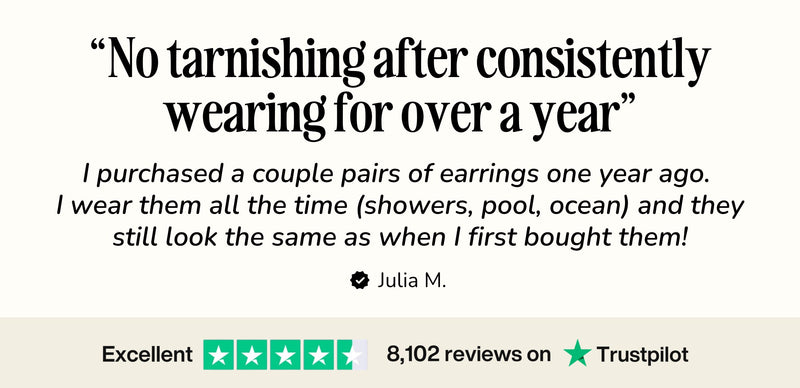




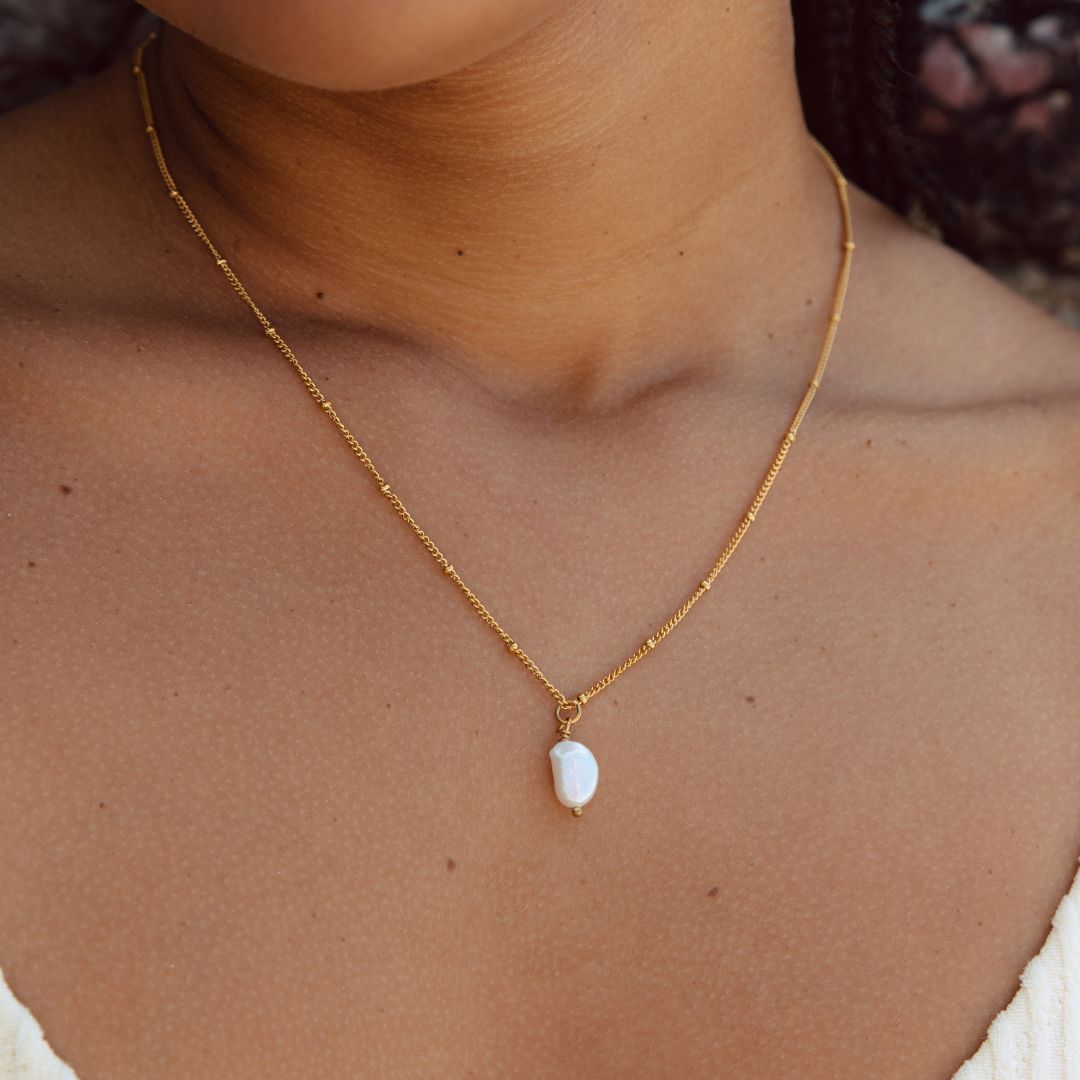
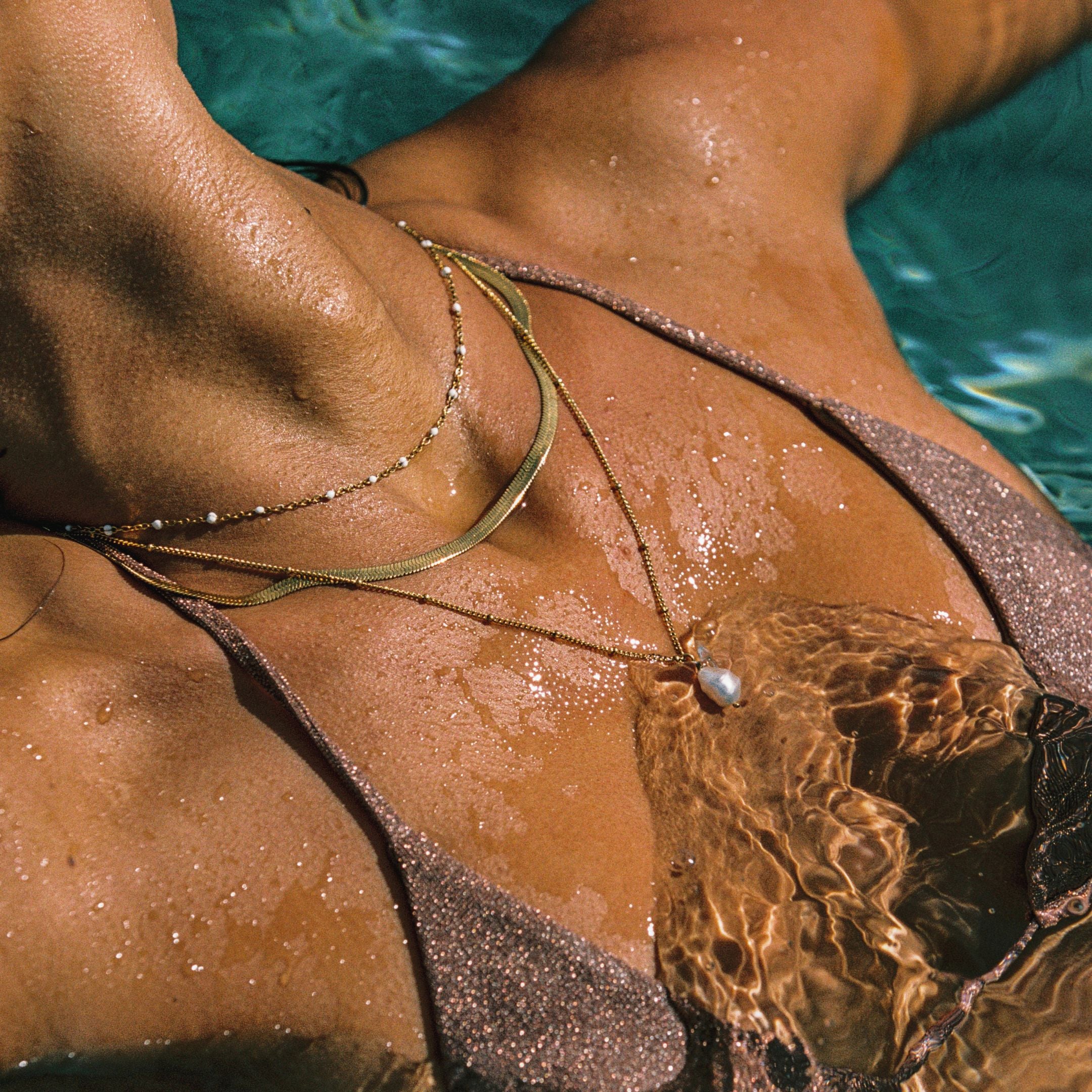
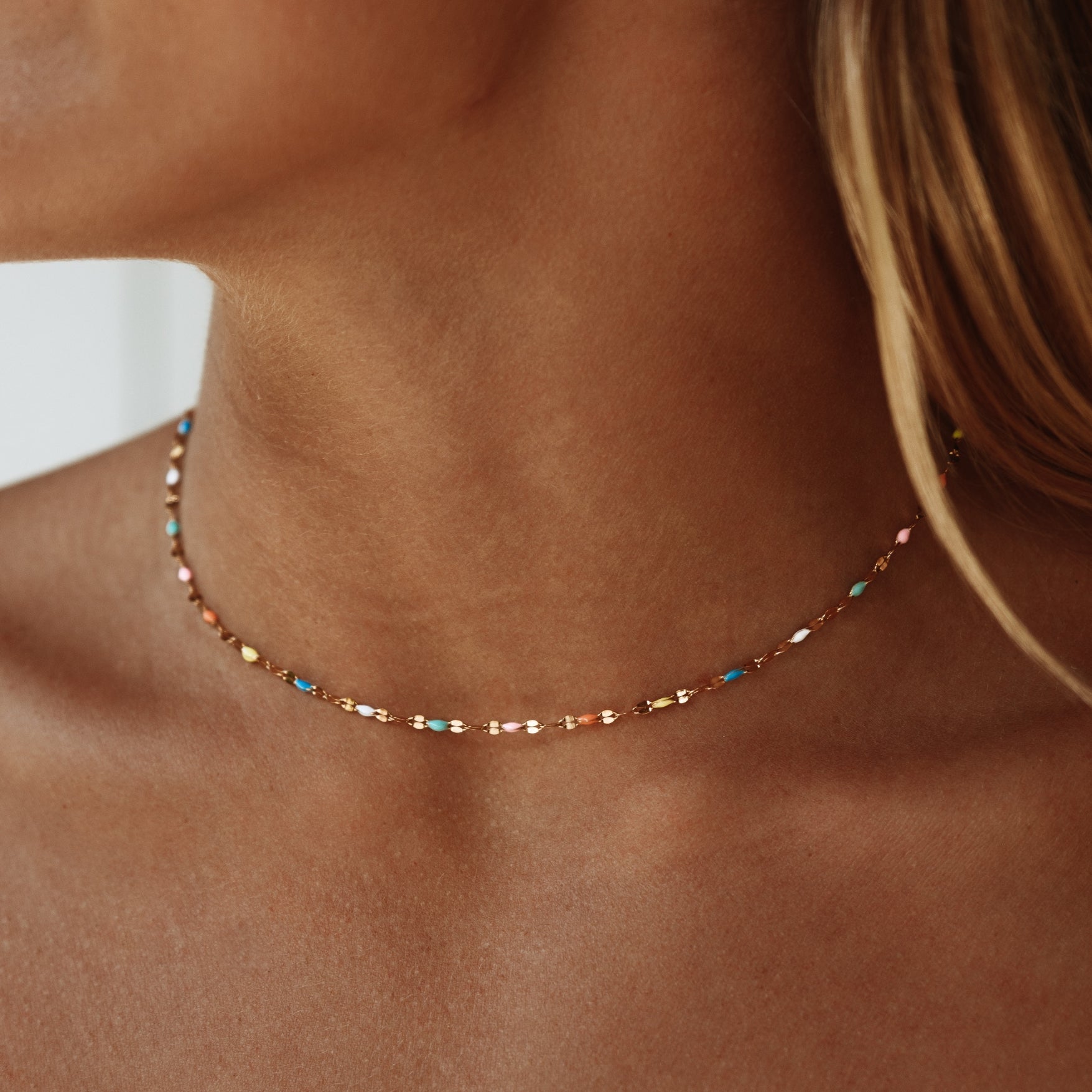
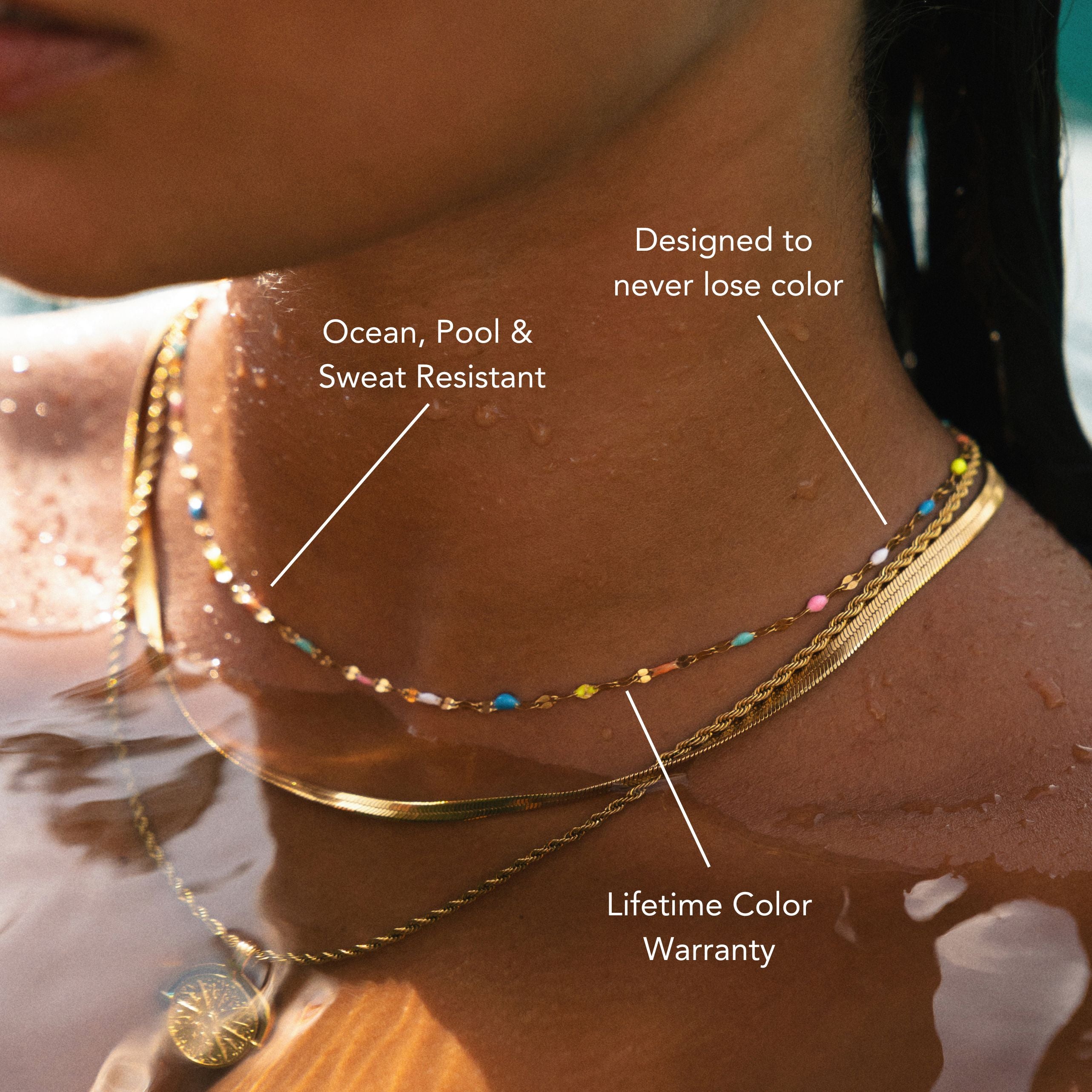
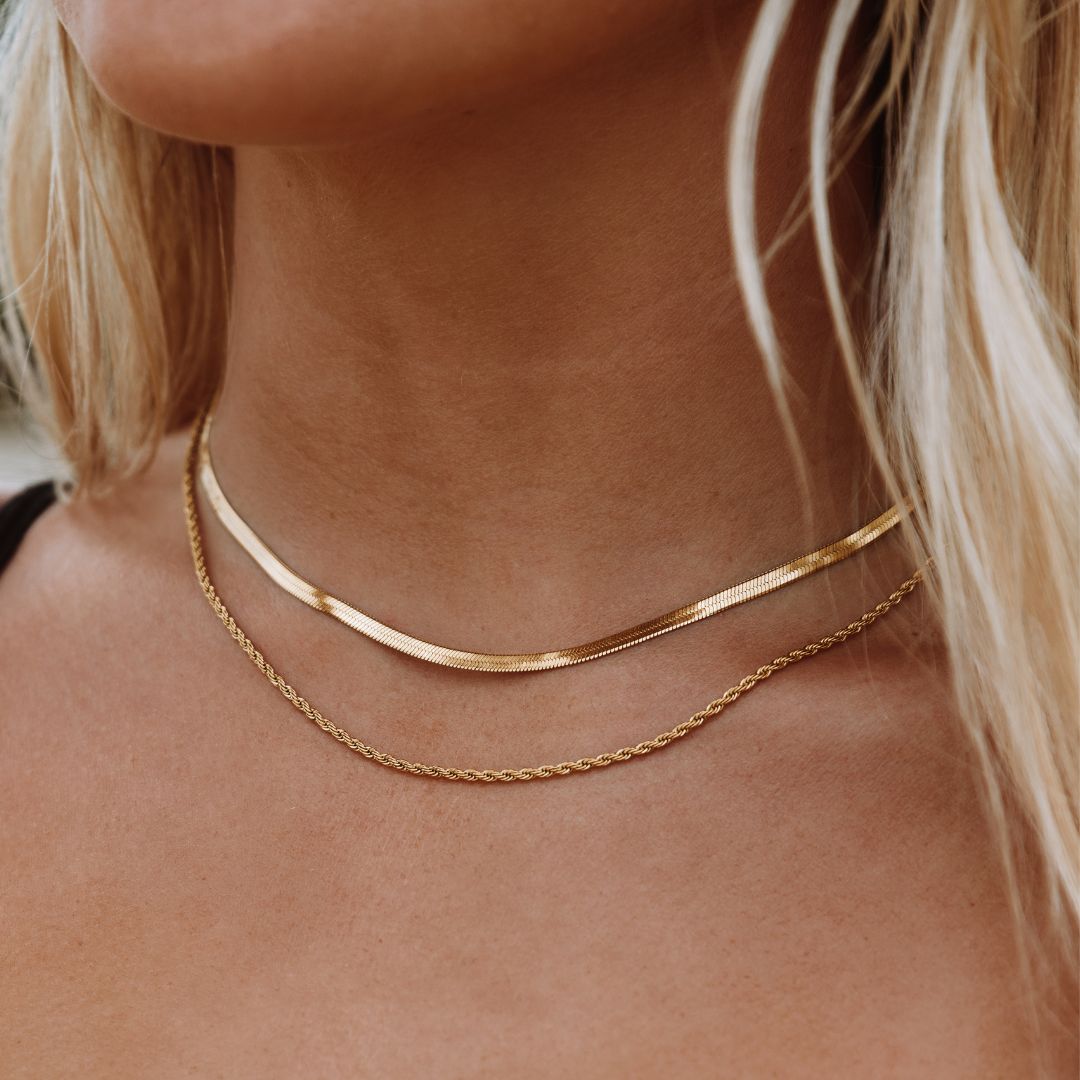
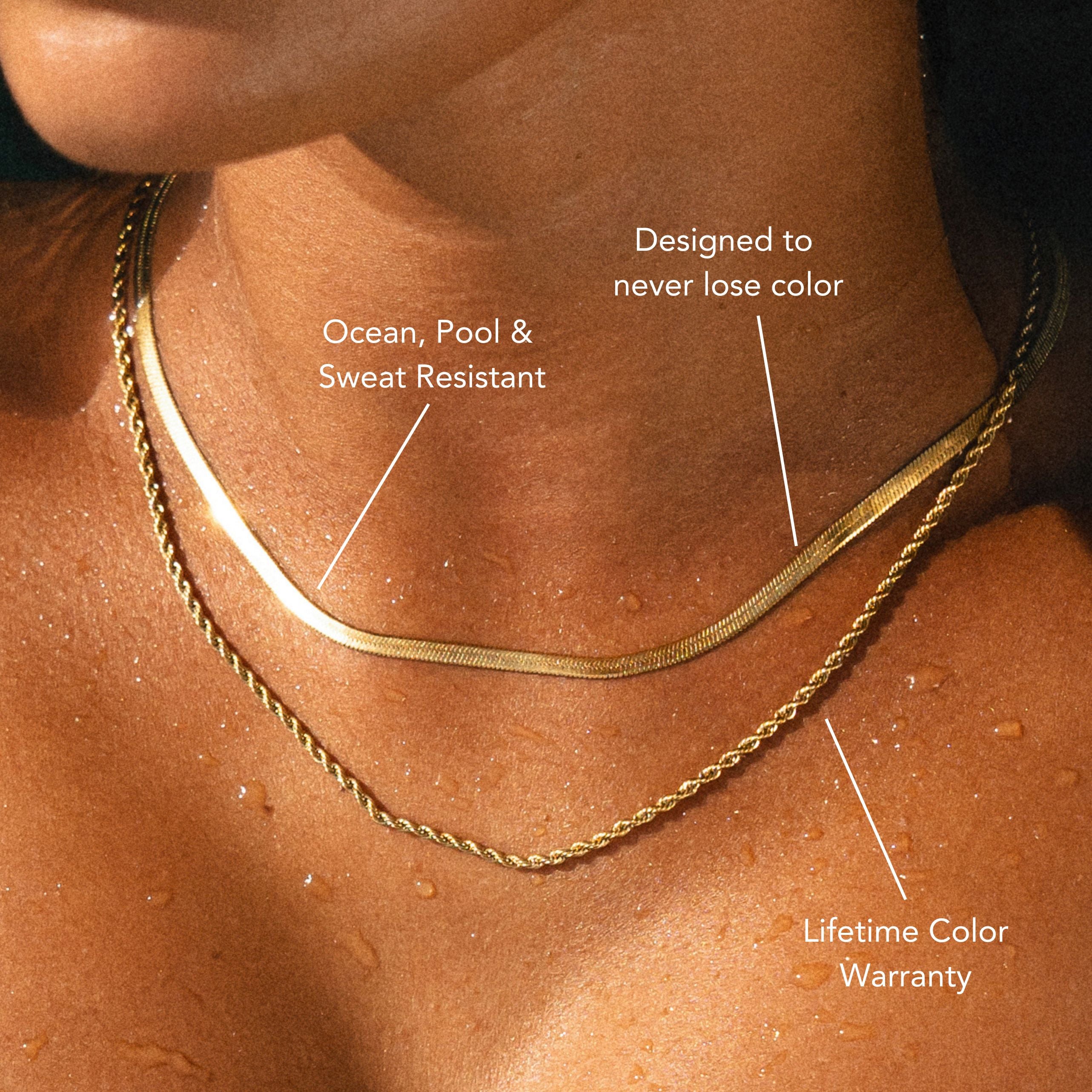
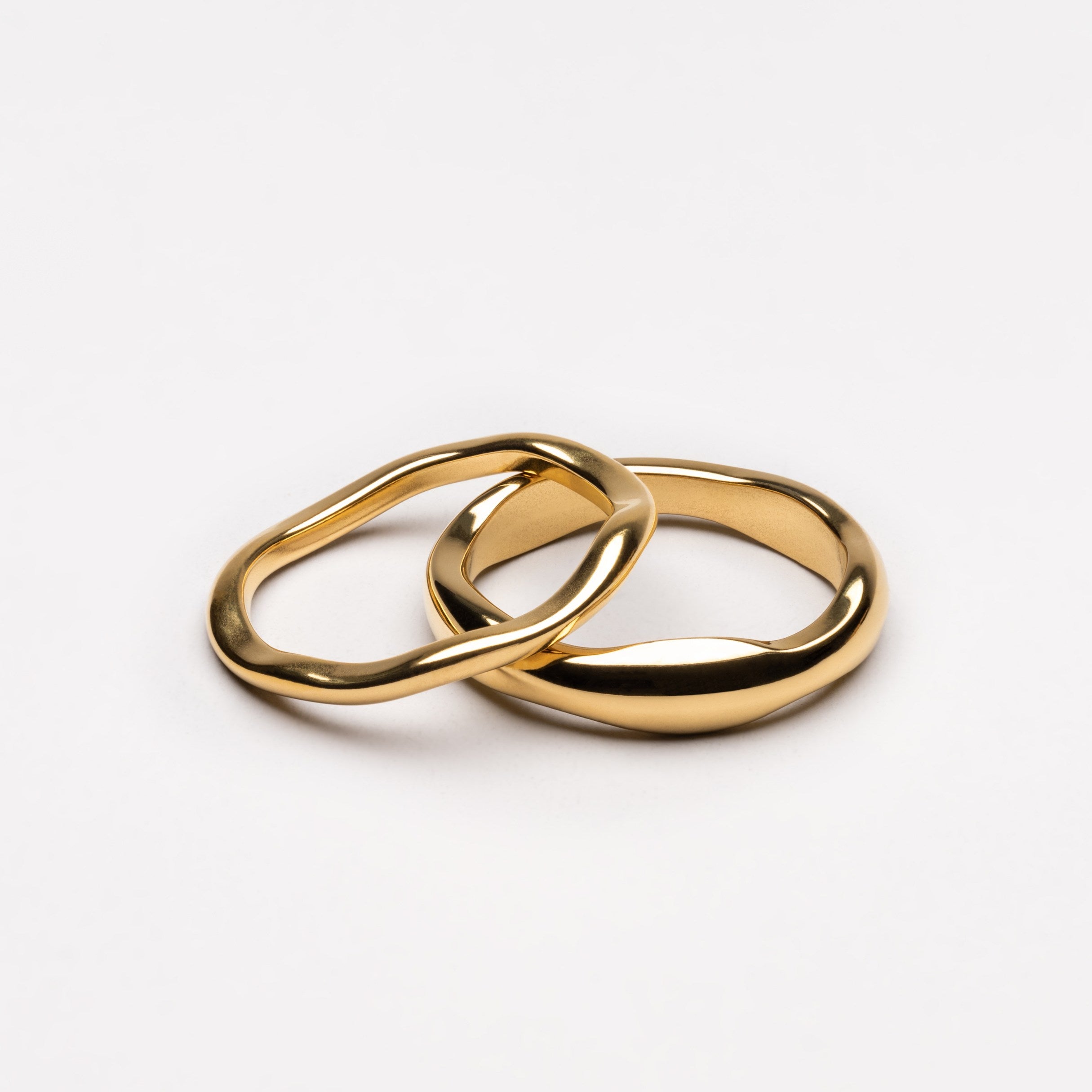

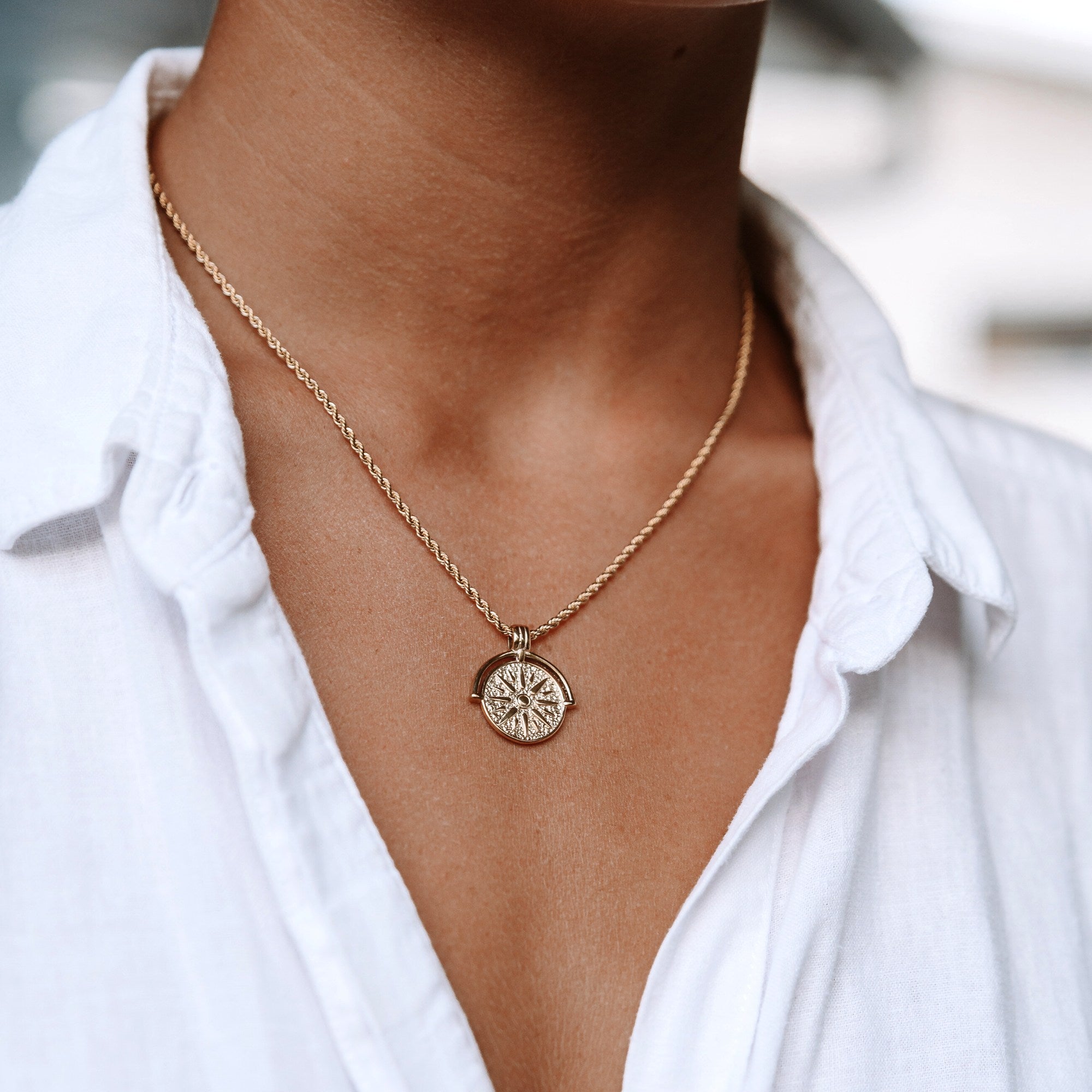
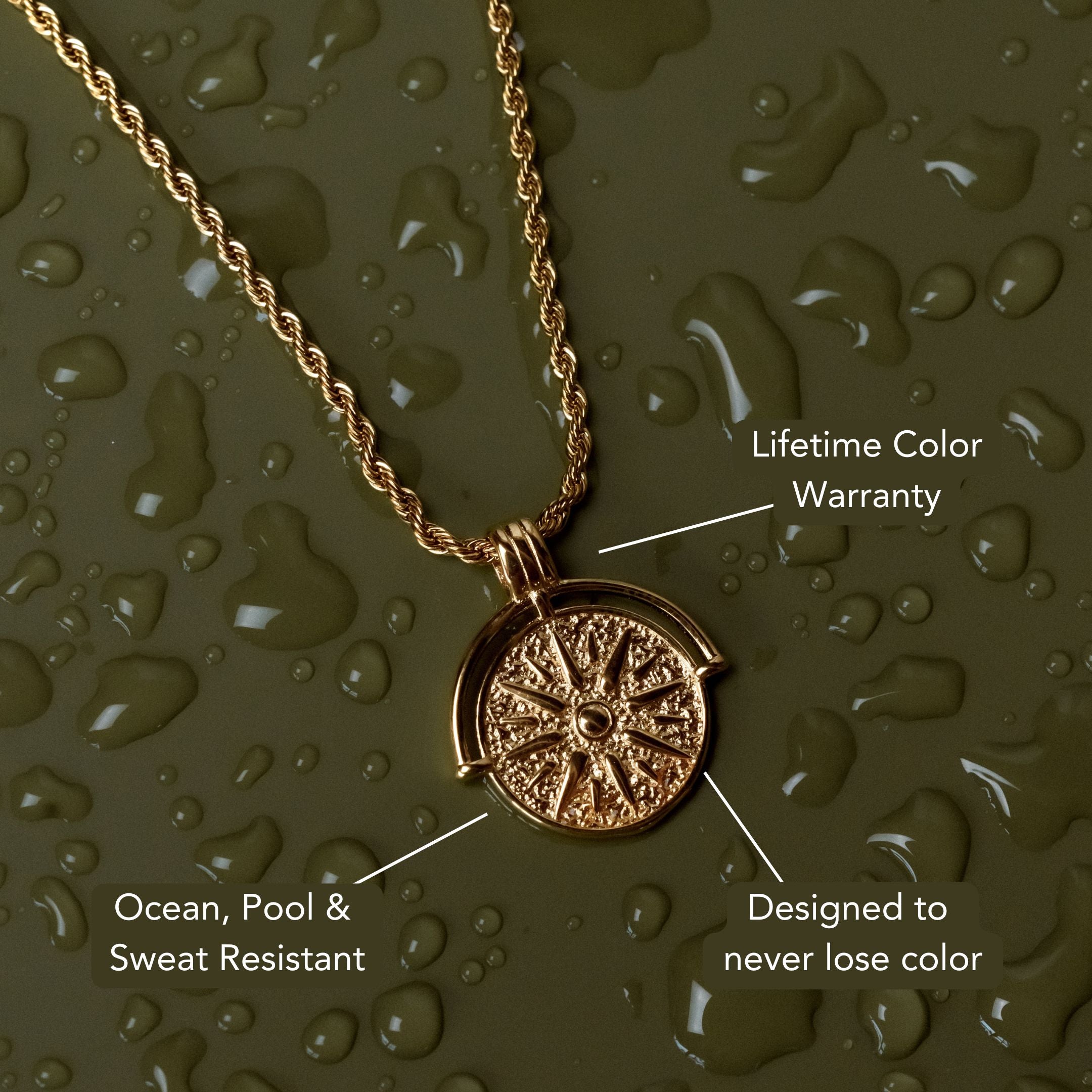
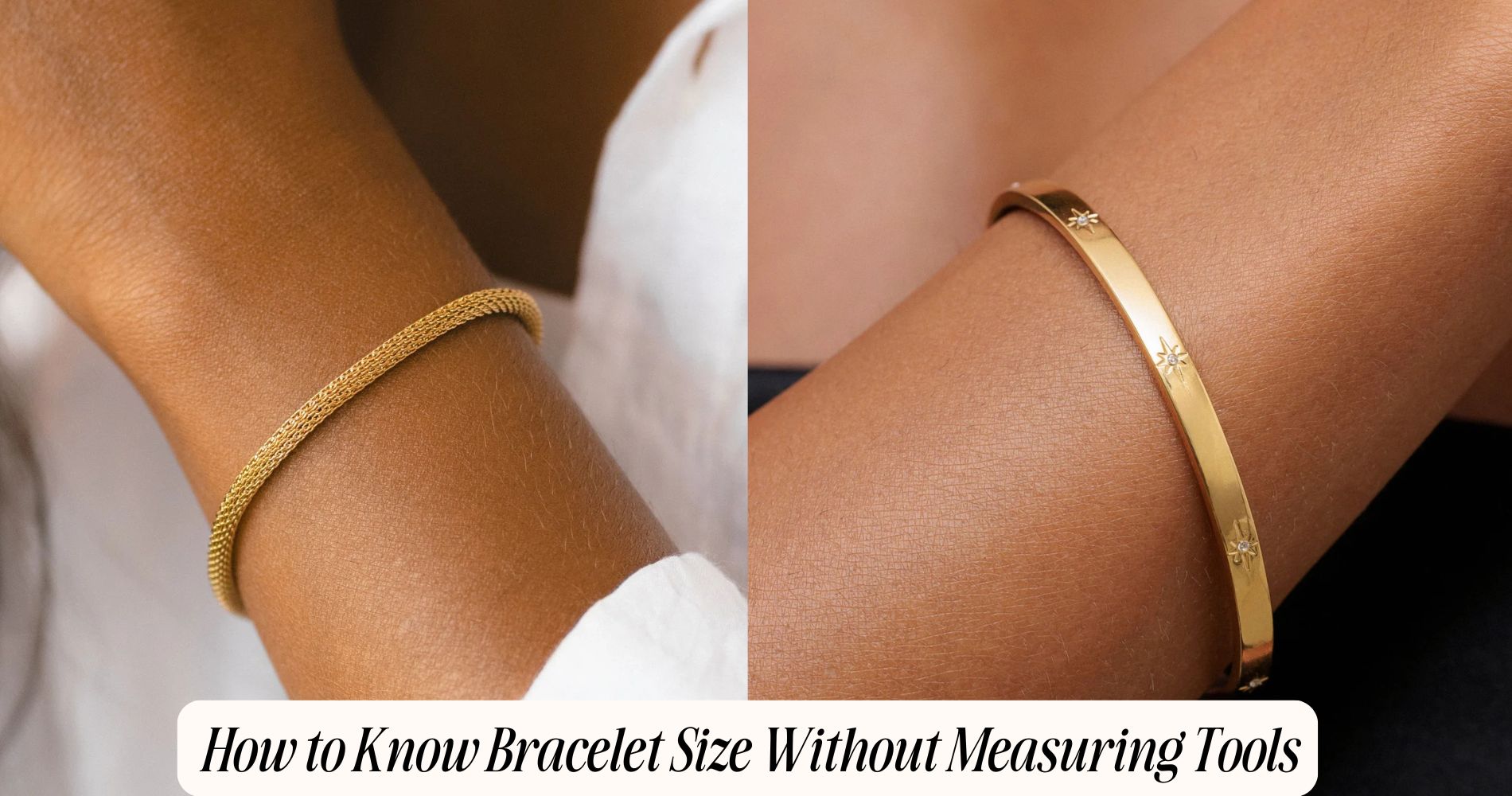
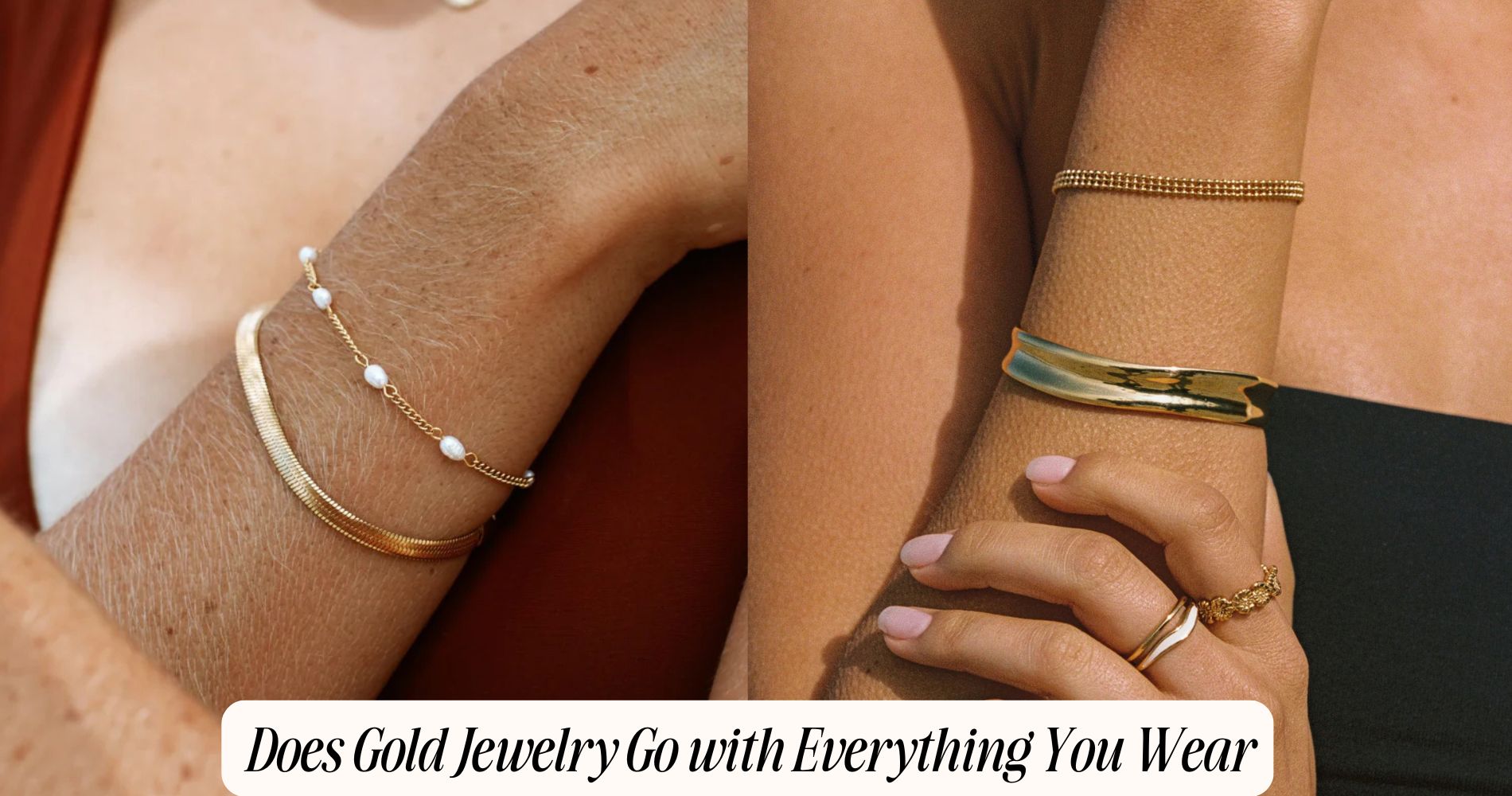




コメントを書く
このサイトはhCaptchaによって保護されており、hCaptchaプライバシーポリシーおよび利用規約が適用されます。